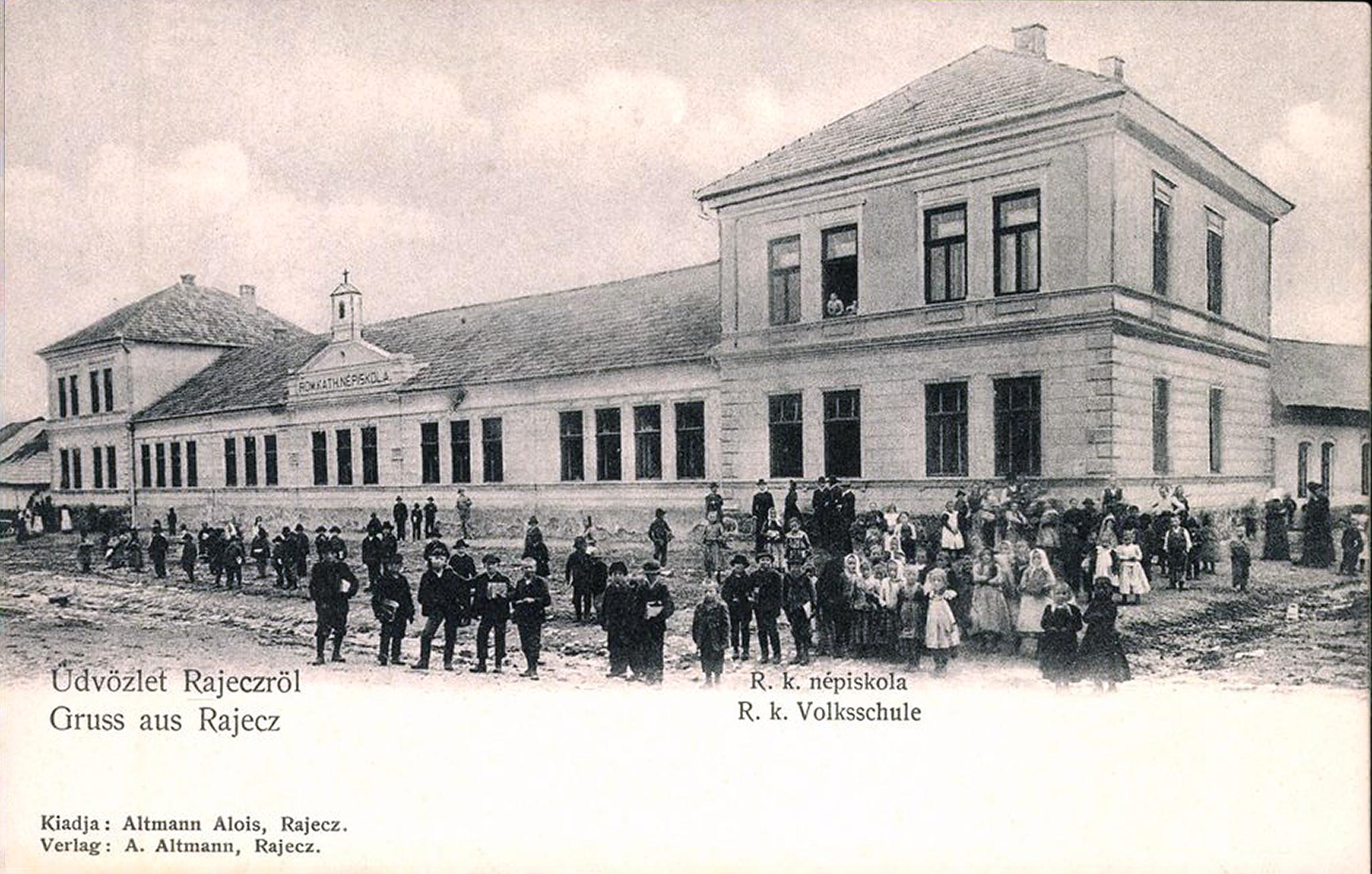
Within a complete renovation of the SNP Square approved In 1972 a new monument commemorating the liberation of Rajec at the end of World War II should have been erected. At that time the state authorities wanted to underline the importance of the town in the times of the Slovak National Uprising and to highlight its role in the fight against fascism.
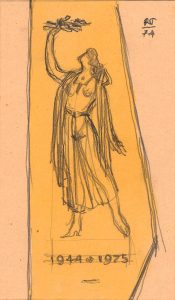

The so-called drive-through burgher house no. 3 stands on the corner of the east side of the SNP Square. Its L-shaped floor plan continues to Nádražná Street. The exact period of its construction is unknown, but according to some architectural elements and the basic layout, we can assume that it was built at the turn of the 16th and 17th centuries – at the time of the town’s greatest commercial boom.
From an architectural and urban point of view, the burgher house no. 15 is one of the most valuable houses in the monument zone of Rajec. It is a terraced house standing in the southern part of the SNP Square. Its representative front façade with an open arcade on the first floor is sunken in the ground. It disrupts a continuous street line but at the same time it creates an interesting spatial element. The house underwent many building modifications and its rooms were used for various purposes.

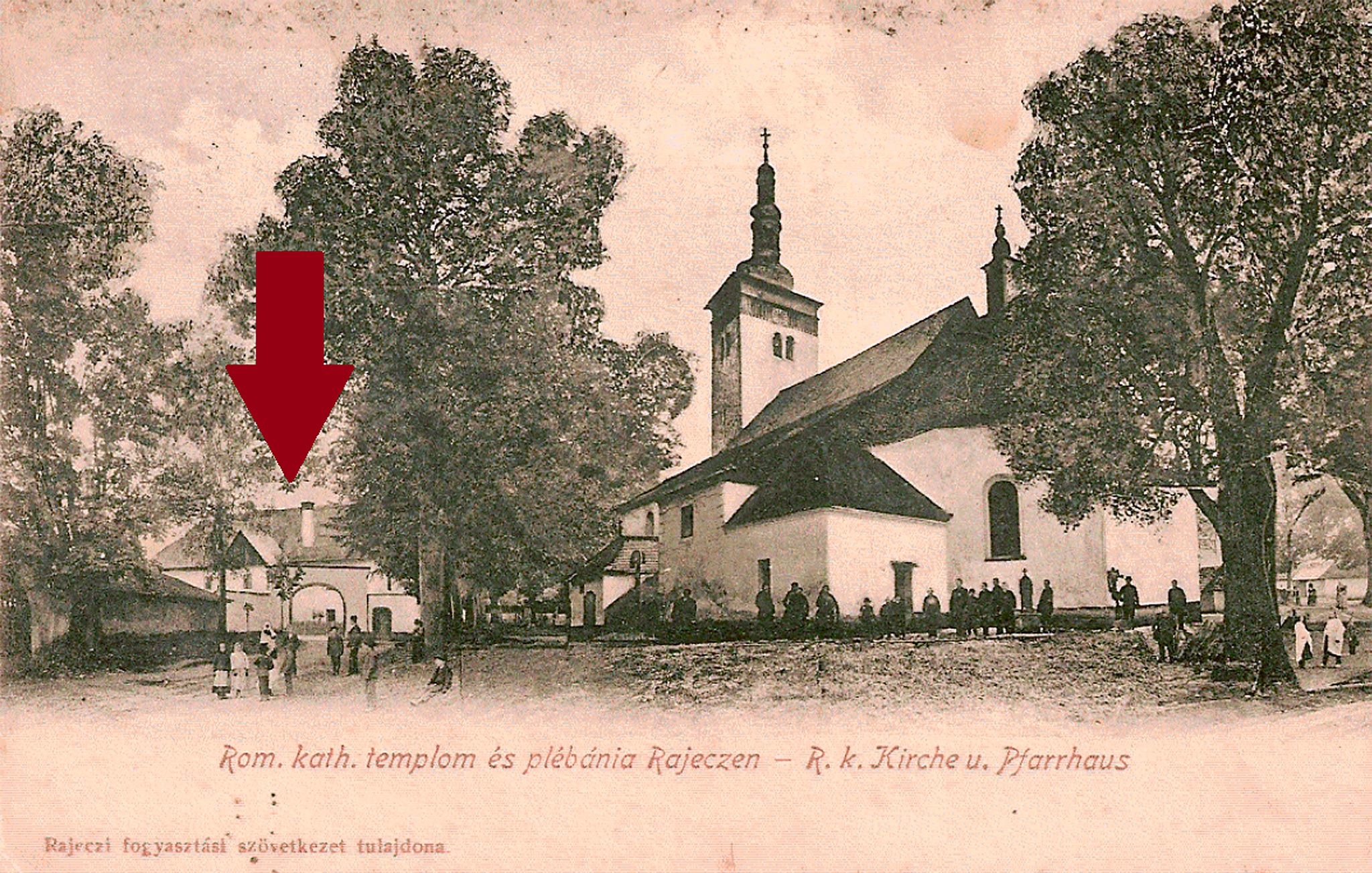
The old presbytery can be found near the church of St. Ladislav. Both buildings are not part of the Rajec monument zone. They are located southwest of the historic centre behind the main state road. Right there an important trade route passed from Ponitrie to Považie and further to Silesia.
The building of the former Hotel Kľak stands right at the corner made by two perpendicular streets leading to the southwest corner of the SNP Square. The building completing the area of the monument zone underwent many modifications and was used for various purposes. However, every change in its use often resulted in insensitive adaptations which gradually led to the loss of most of its architectural-historical and artistic values.

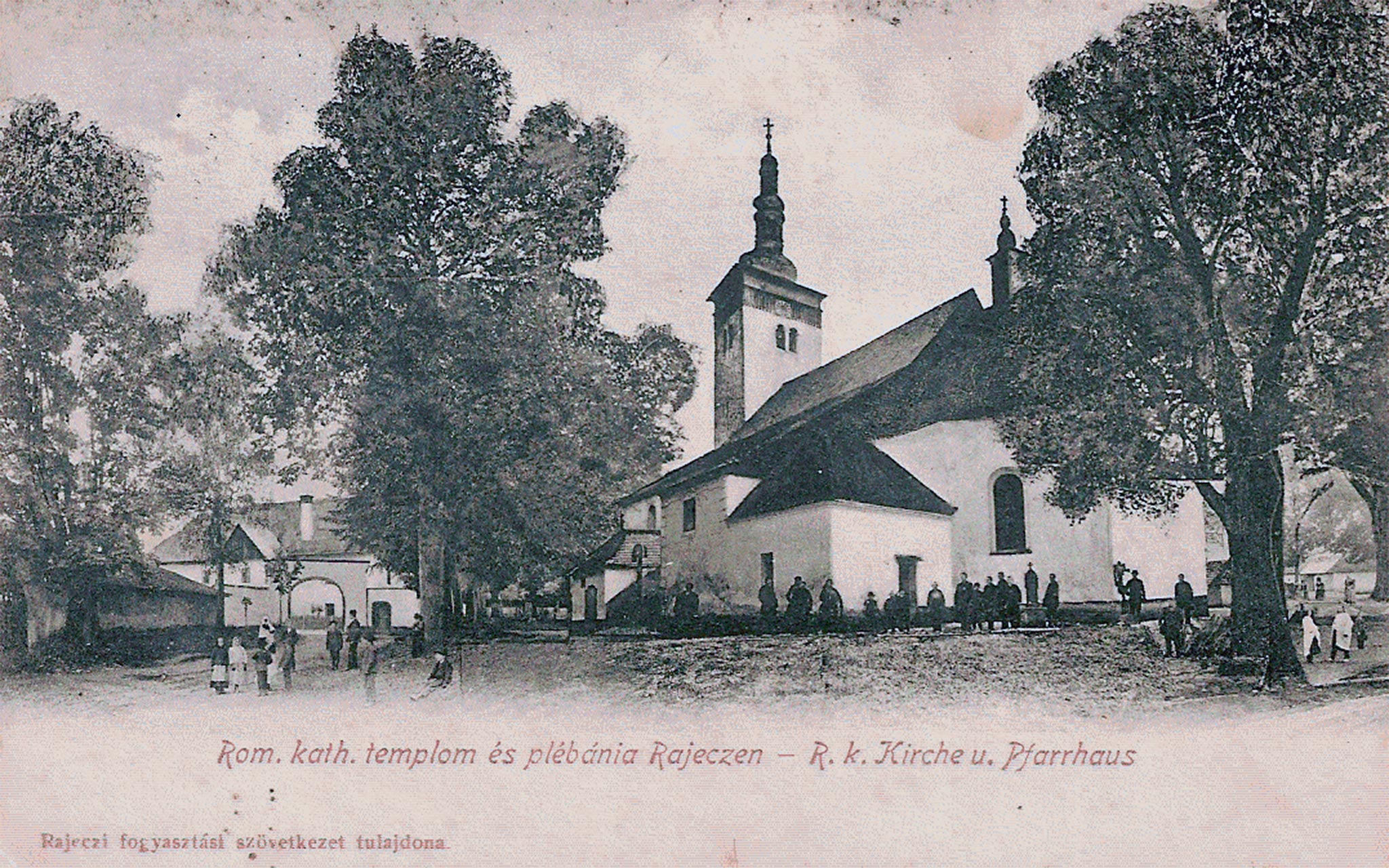
The church of St. Ladislav with its dominant tower defines the visual silhouette of Rajec. In the distant past the tower was an important landmark for both locals and wayfarers. The monumental triple-naved building is located outside of the historic centre and is no longer part of the monument zone. Nevertheless, it significantly complements the town’s monument fund.
The advantageous location at the crossroads of trade routes had a significant impact on the development of the originally small settlement. Over time it was transformed into a town fulfilling the function of a trade and craft centre of the entire Rajec valley. Already in the late Middle Ages, an almost square-shaped market square with a network of streets was built here. It was a place of sought-after annual fairs which led to the flourishing of the town in the early modern period.
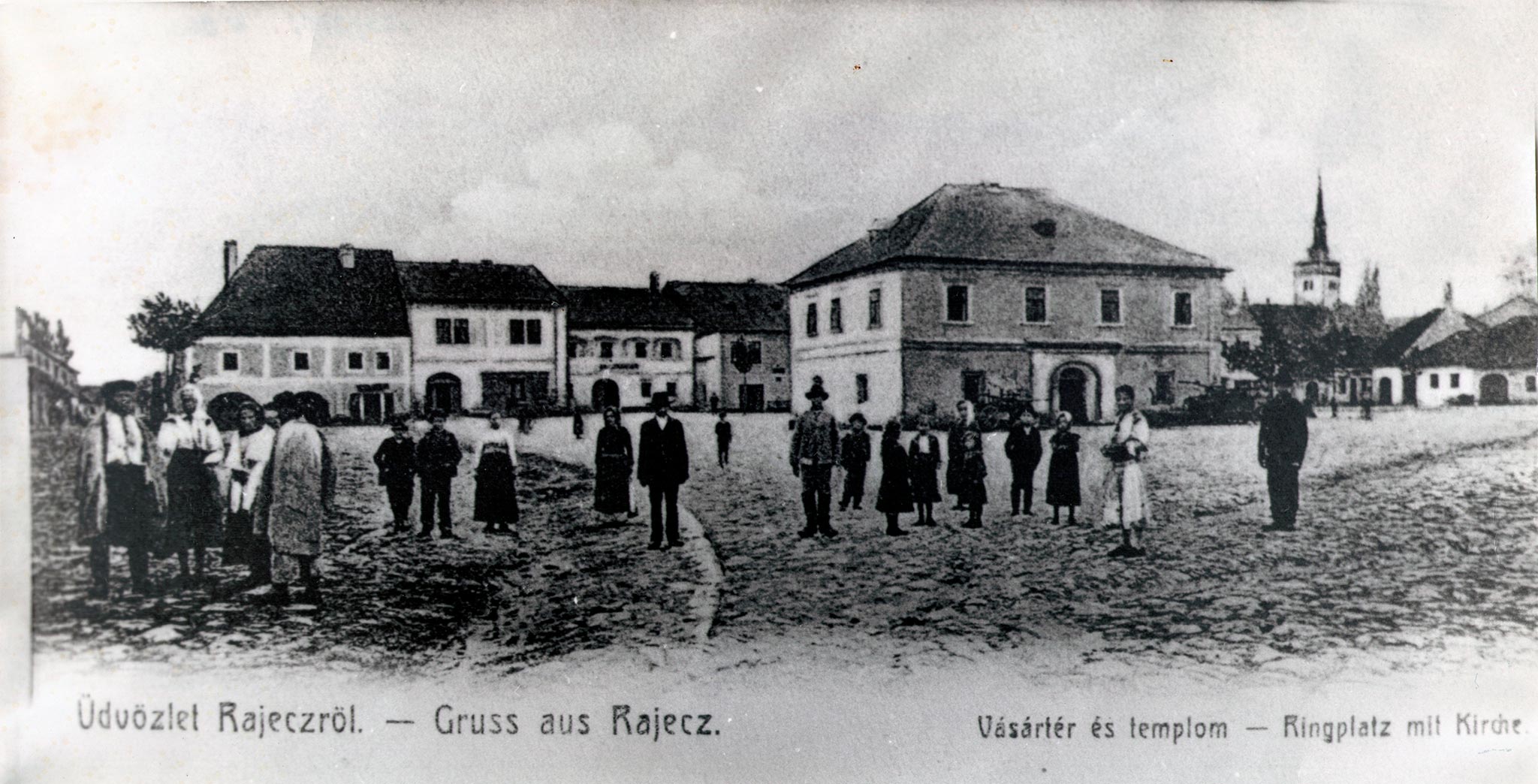
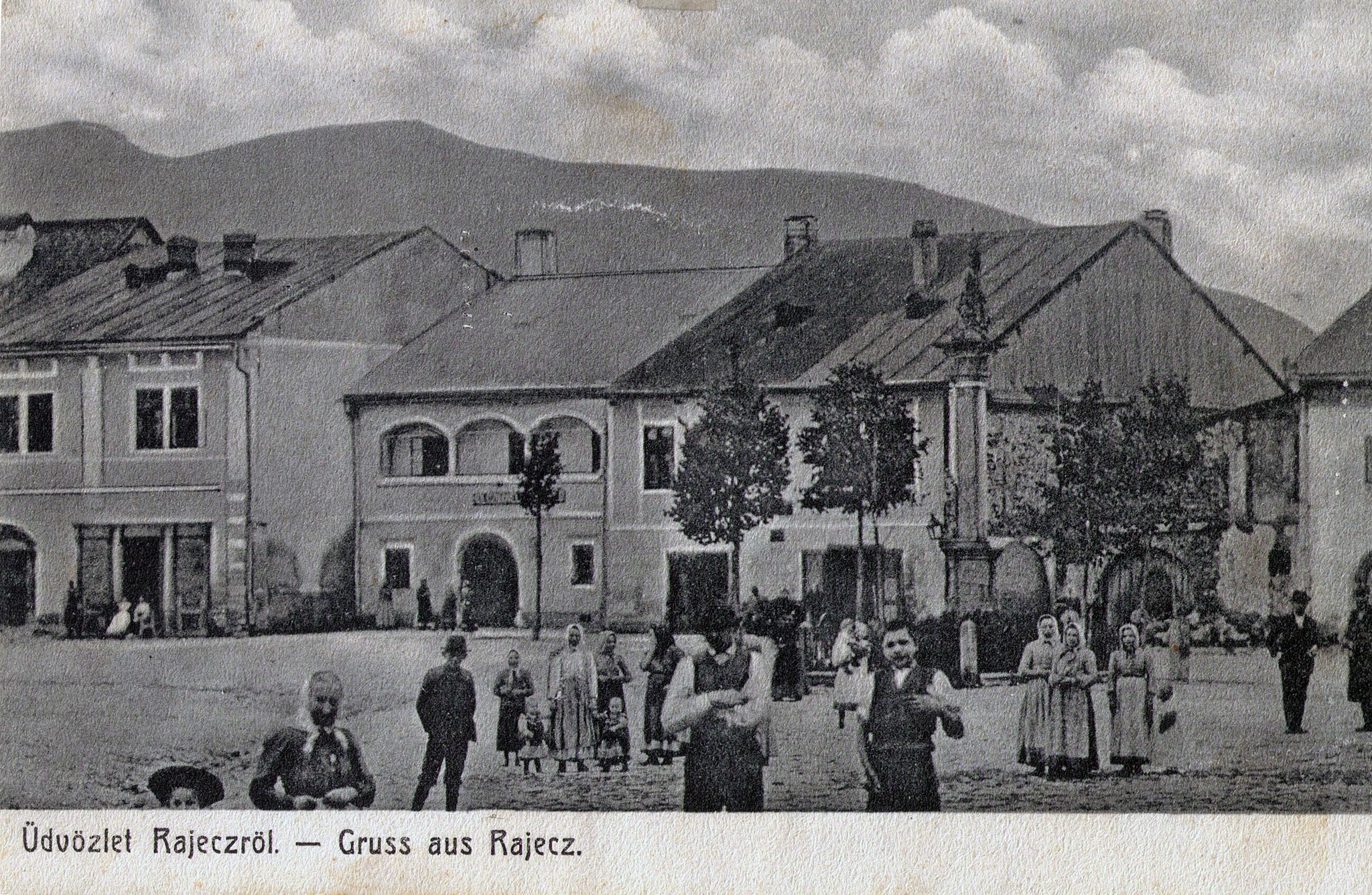
One of the most dominant artistic features of the town’s monument zone is a stone column with a sculpture of the Holy Trinity complemented with a separate sculpture of St. Florián in its lower part. The column was built to celebrate God’s greatness and the Roman Catholic Church itself. At the same time, it was to protect the town and its inhabitants from epidemics of cholera and plague and other natural disasters, especially fire.
Although the first mention of the Jewish population in the town dates back to the end of the 17th century, the Jewish religious community was well-established here already at the beginning of the 18th century. The Jewish probably came to the town from nearby Moravia and earned their living as traders, crafters or had some local inns in lease. The greatest expansion of the Jewish community of Reform Judaism was observed at the end of the 19th century with almost 12% of the town’s population.
